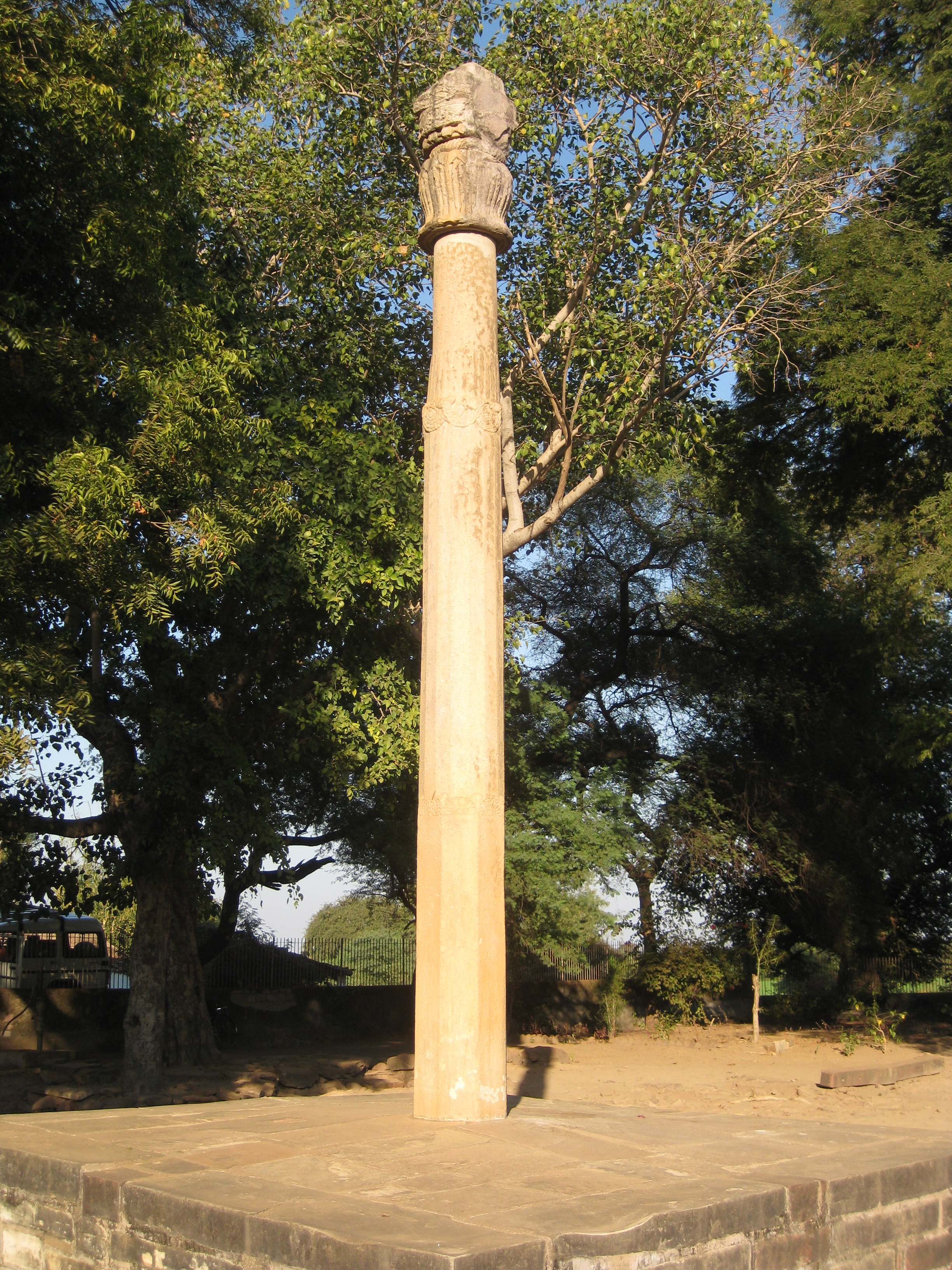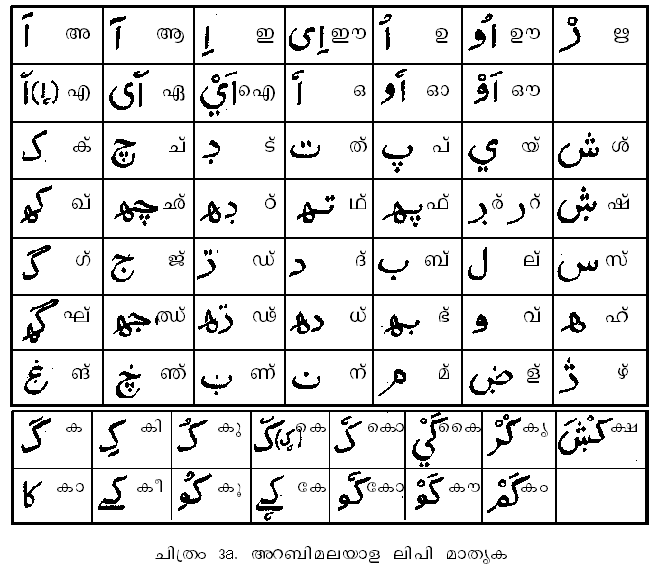|
Kuchelavritham Vanchippattu
Kuchelavritham Vanchippattu or Sudamavritham Vanchippattu is a famous Vanchippattu written by Ramapurathu Warrier in Malayalam. It has great popularity in Malayalam literature and culture. Period It is not known exactly when the Kuchelavritham was written. The historians noted that it was written during the reign of Marthanda Varma. According to K. R. Krishnapillai, a historian it was written during 1745-1750 AD. There is also an opinion that it was written during 1756 AD. Structure and content Kuchelavritham was written in the metre ''Nathonnatha.'' The poem contains 698 lines. Warrior uses 96 lines for praising Marthanda Varma and Padmanabhaswamy Temple and 132 lines for describing the Krishna Krishna (; Sanskrit language, Sanskrit: कृष्ण, ) is a major deity in Hinduism. He is worshipped as the eighth avatar of Vishnu and also as the Supreme God (Hinduism), Supreme God in his own right. He is the god of protection, c .... Others are dealing with th ... [...More Info...] [...Related Items...] OR: [Wikipedia] [Google] [Baidu] |
Vanchippattu
''Vanchippattu'' is a poetic form in Malayalam composed entirely in the Dravidian metre ''Nathonnata''. It is originated from Kerala, a state in India. History This poetic form was created by Ramapurathu Warrier, a poet in Malayalam lived in Travancore (later became a part of Kerala) during the reign of the king Anizham Thirunal Marthanda Varma. It is believed that it was created during a boat travel of Ramapurathu Warrier along with the King Marthanda Varma. Warrier recited his poem to the king. This poem later became the famous poetic collection '' Kuchelavritham Vanchippattu.'' Etymology The word Vanchippattu is a combination of two words ''vanchi'' means Boat A boat is a watercraft of a large range of types and sizes, but generally smaller than a ship, which is distinguished by its larger size or capacity, its shape, or its ability to carry boats. Small boats are typically used on inland waterways s ... and ''pattu'' means song. This poetic form has a rhythm simil ... [...More Info...] [...Related Items...] OR: [Wikipedia] [Google] [Baidu] |
Ramapurathu Warrier
Ramapurathu Warrier (1703–1753) is considered to be the pioneer of the " Vanchippattu" or Boat song form of poetry in Malayalam language. ''Vanchippattu'' is a poetic form of folk origin composed entirely in the Dravidian metre ''nathonnata''. He was born in the year 1703 at Kottayam District, Kerala. He was born in Ramapuram, near Palai, in Meenachil Taluk, Kottayam District, Kerala. His real name was Sankaran. He was a courtier of two successive Kings of Travancore, viz. Marthanda Varma and Dharma Raja. The most celebrated work of Ramapurathu Warrier is '' Kuchelavritham Vanchippattu'', which depicts the story of Kuchela, a devotee and an old classmate of Krishna, going to Dwaraka to meet with him. Also he wrote the '' Kuchelavritham Vanchippattu in "Nathonatha"'' The poem was apparently composed and recited during one of the King Marthanda Varma's boat journeys in which Warrier was also present. While describing with great poignance the poverty of Kuchela and the benev ... [...More Info...] [...Related Items...] OR: [Wikipedia] [Google] [Baidu] |
Malayalam
Malayalam (; , ) is a Dravidian languages, Dravidian language spoken in the Indian state of Kerala and the union territories of Lakshadweep and Puducherry (union territory), Puducherry (Mahé district) by the Malayali people. It is one of 22 Languages with official status in India, scheduled languages of India. Malayalam was designated a "Classical Languages of India, Classical Language of India" in 2013. Malayalam has official language status in Kerala, Lakshadweep and Puducherry (Mahé, Puducherry, Mahé), and is also the primary spoken language of Lakshadweep. Malayalam is spoken by 35.6 million people in India. Malayalam is also spoken by linguistic minorities in the neighbouring states; with a significant number of speakers in the Kodagu and Dakshina Kannada districts of Karnataka, and Kanyakumari district, Kanyakumari, Coimbatore district, Coimbatore and Nilgiris district, Nilgiris district of Tamil Nadu. It is also spoken by the Malayali diaspora, Malayali Diaspora wo ... [...More Info...] [...Related Items...] OR: [Wikipedia] [Google] [Baidu] |
Sudama
Sudama (), also known as Kuchela (), is a childhood friend of the Hindu deity Krishna. The story of his visit to Dvaraka to meet his friend is featured in the Bhagavata Purana. In their legend, Sudama and Krishna study together as children at Sandipani's ashrama, believed to have been at Ujjain. Leading a life of abject poverty, Sudama's wife urges him to go to Krishna, and request his assistance. Carrying some handfuls of parched rice as a gift, Sudama visits his old friend at Dvaraka, who receives him with honour. After discerning Sudama's unrevealed poverty, Krishna creates various luxurious palaces for his friend where his hut had stood, which the former sees when he returns home. Legend In one iteration of his legend, Sudama, along with Tulasi, are stated to have once resided in Krishna's own abode, Goloka, before a curse by Radha forced them to be born on earth. Accordingly, Sudama was born into a poor Brahmin family. He received his education as a pupil of Sandipan ... [...More Info...] [...Related Items...] OR: [Wikipedia] [Google] [Baidu] |
Bhagavata
The Bhagavata (; , IAST: ''Bhāgavata'' ) tradition, also called Bhagavatism (), is an ancient religious sect that traced its origin to the region of Mathura. After its syncretism with the Brahmanical tradition of Vishnu, Bhagavatism became a pan-Indian tradition by the second century BCE, according to R.C. Majumdar. Historically, Bhagavatism corresponds to the development of a popular theistic movement in India, departing from the elitist sacrificial rites of Vedism, and initially focusing on the worship of the Vrishni hero Vāsudeva in the region of Mathura."A cult of Vāsudeva, known as Bhagavatism, was already in existence by the second century BC." in It later assimilated into the concept of Narayana Vishnu was by then assimilated with Narayana where Krishna is conceived as '' svayam bhagavan''. According to some historical scholars, worship of Krishna emerged in the 1st century BCE. However, Vaishnava traditionalists place it in the 4th century BCE. Despite th ... [...More Info...] [...Related Items...] OR: [Wikipedia] [Google] [Baidu] |
Marthanda Varma
Anizham Thirunal Marthanda Varma (Malayalam: ; 1706 – 7 July 1758) was the founding monarch of the southern Indian Kingdom of Travancore (previously Venadu) from 1729 until his death in 1758. He was succeeded by Rama Varma ("Dharma Raja") (1758–98).Subrahmanyam, Sanjay''The south: Travancore and Mysore''"India". Encyclopædia Britannica. Marthanda Varma defeated the Dutch East India Company forces at the Battle of Colachel in 1741. He also put an end to the ettuveetil pillamars and the ettara yogam council and took the full power as a king. The Yogakars and Pillamars were always against the Royal Family of Venad (Padmabhaswamy Temple Judgement page :16) He then adopted a European mode of discipline for his army and expanded his kingdom northward (to what became the modern state of Travancore). He built a sizeable standing army of about 50,000 nair men, as part of designing an "elaborate and well-organised" war machine, with the role of the travancore army and fortified ... [...More Info...] [...Related Items...] OR: [Wikipedia] [Google] [Baidu] |
Travancore
The kingdom of Travancore (), also known as the kingdom of Thiruvithamkoor () or later as Travancore State, was a kingdom that lasted from until 1949. It was ruled by the Travancore Royal Family from Padmanabhapuram, and later Thiruvananthapuram. At its zenith, the kingdom covered most of the south of modern-day Kerala ( Idukki, Kottayam, Alappuzha, Pathanamthitta, Kollam, and Thiruvananthapuram districts, major portions of Ernakulam district, Puthenchira village of Thrissur district) and the southernmost part of modern-day Tamil Nadu ( Kanyakumari district and some parts of Tenkasi district) with the Thachudaya Kaimal's enclave of Irinjalakuda Koodalmanikyam temple in the neighbouring kingdom of Cochin. However Tangasseri area of Kollam city and Anchuthengu near Attingal in Thiruvananthapuram were parts of British India. Malabar District of Madras Presidency was to the north, the Madurai and Tirunelveli districts of Pandya Nadu region in Madras Presidency ... [...More Info...] [...Related Items...] OR: [Wikipedia] [Google] [Baidu] |
Malayalam Literature
Malayalam, the lingua franca of the Indian state of Kerala and the union territories of Lakshadweep and Puducherry (union territory), Puduchery, is one of the six classical languages of India. Malayalam literature comprises those literary texts written in Malayalam, a Dravidian languages, South-Dravidian language spoken in the Indian state of Kerala. The first travelogue in any Indian language is the Malayalam ''Varthamanappusthakam'', written by Paremmakkal Thoma Kathanar in 1785. Malayalam literature has been presented with 6 Jnanpith Award, Jnanapith awards, the second-most for any Dravidian language and the third-highest for any Indian language. The Sangam literature can be considered as the ancient predecessor of Malayalam. The origin of Malayalam calendar dates back to year 825 CE. It is generally agreed that the Quilon Syrian copper plates of 849/850 CE is the available oldest inscription written in Old Malayalam. The earliest known literary works in Malayalam are ''Rama ... [...More Info...] [...Related Items...] OR: [Wikipedia] [Google] [Baidu] |
Metre (poetry)
In poetry, metre ( Commonwealth spelling) or meter ( American spelling; see spelling differences) is the basic rhythmic structure of a verse or lines in verse. Many traditional verse forms prescribe a specific verse metre, or a certain set of metres alternating in a particular order. The study and the actual use of metres and forms of versification are both known as prosody. (Within linguistics, " prosody" is used in a more general sense that includes not only poetic metre but also the rhythmic aspects of prose, whether formal or informal, that vary from language to language, and sometimes between poetic traditions.) Characteristics An assortment of features can be identified when classifying poetry and its metre. Qualitative versus quantitative metre The metre of most poetry of the Western world and elsewhere is based on patterns of syllables of particular types. The familiar type of metre in English-language poetry is called qualitative metre, with stressed syllables comin ... [...More Info...] [...Related Items...] OR: [Wikipedia] [Google] [Baidu] |
Krishna
Krishna (; Sanskrit language, Sanskrit: कृष्ण, ) is a major deity in Hinduism. He is worshipped as the eighth avatar of Vishnu and also as the Supreme God (Hinduism), Supreme God in his own right. He is the god of protection, compassion, tenderness, and love; and is widely revered among Hindu divinities. Krishna's birthday is celebrated every year by Hindus on Krishna Janmashtami according to the lunisolar calendar, lunisolar Hindu calendar, which falls in late August or early September of the Gregorian calendar. The anecdotes and narratives of Krishna's life are generally titled as ''Krishna Līlā''. He is a central figure in the ''Mahabharata'', the ''Bhagavata Purana'', the ''Brahma Vaivarta Purana,'' and the ''Bhagavad Gita'', and is mentioned in many Hindu philosophy, Hindu philosophical, Hindu theology, theological, and Hindu mythology, mythological texts. They portray him in various perspectives: as a god-child, a prankster, a model lover, a divine hero, ... [...More Info...] [...Related Items...] OR: [Wikipedia] [Google] [Baidu] |




